Concept Video
Functional Explanation
Used Tools
For EDA we started with PCAD2006 - but to make the Design more accessible I asked a friend to do a conversion to KiCad - as we are trying to use accessible (preferable OpenSource) SW-Tools as much as possible. A friendly guy from the web stepped in helping converting the Design to KiCad - unfortunately to view/edit the PCB Layout you will need the KiCad-GOST version. Viewing/editing the schematics also works with vanilla KiCad - Making the PCB Layout work with vanilla KiCad is one task that still needs to be done.
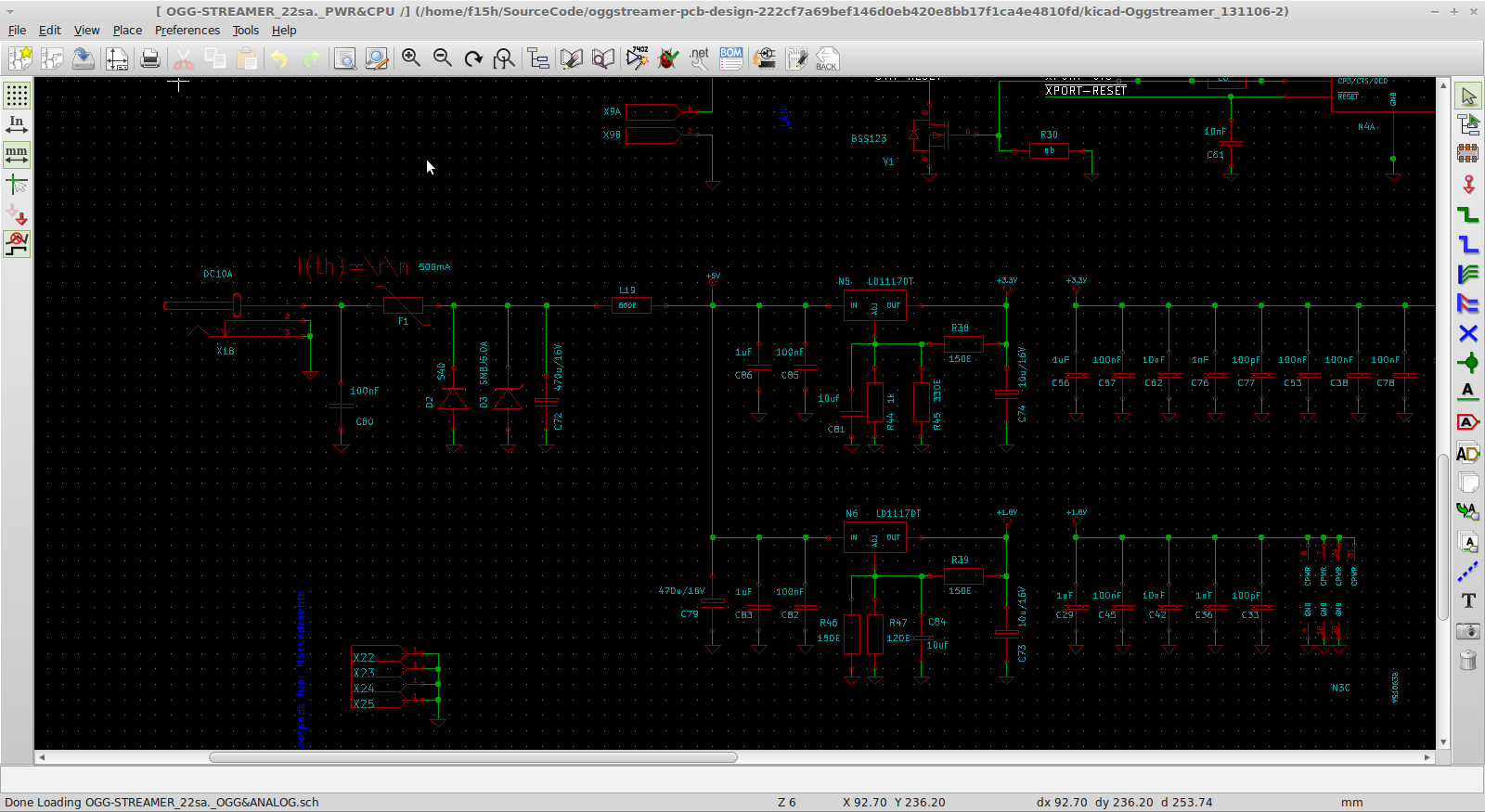
You can download the EDA-Source of this project here. (License: CC-SA-BY 3.0)
For 3D-CAD I used Sketchup (running on Linux using wine) which sounds a bit ridiculous at first - but it worked out quite well - although my old computers had a hard time to handle that number of Polygons. Sketchup isn't OpenSource but at least you can obtain a free version of it - which is good enough to work with the 3D Model of the OggStreamer - Modelling the Device in 3D really paid of as we caught two errors, which would have caused a further iteration of design cycle.

The Lasermarkings were designed by my sister using Inkscape and some additional work was done using GIMP we also decided for an OpenSource Font called Xolonium by Severin Meyer.

You can download the 3D-CAD Design-Files and Lasermarkings of this project here. (License CC-SA-BY 3.0)
System Design Overview

The OggStreamer consists of 3 Main Modules
An AudioDSP which takes the analog audio converts it in the digtial domain and compresses it in the OGG Format - a microcontroller (STM8) which transfers data between the AudioDSP and the Linux Module and aditionally controls the VU-Meter and Status LEDs. And finally the Linux Module which takes the AudioStream and sends it over Ethernet to an IceCast Server using the libshout library.
Additionally the OggStreamer can host an sighttpd-Mini-Server on its own – so that a limited number of listeners can directly connect to the Livestream with just with one click on the webinterface.
Used Licenses
MCAD Design-Files und Lasermarksings Design:
http://sourceforge.net/p/oggstreamer/mcad/ci/master/tree/
License : CC-BY-SA 3.0
PCB Design:
http://sourceforge.net/p/oggstreamer/pcb-design/ci/master/tree/
License: CC-BY-SA 3.0
STM8-Mikrocontroller Firmware:
http://sourceforge.net/p/oggstreamer/oggs-stm8-firmware-001/ci/master/tree/
License: GPLv2
OggStreamer Applikation:
http://sourceforge.net/p/oggstreamer/oggs-uclinux-app/ci/master/tree/
- License: GPLv2
http://www.lantronix.com/ftp/Linux_SDK/SDK2_0_0_3/linux_sdk_2_0_0_3.iso
- License: GPLv2,Apache, BSD, LGPL, MIT and others (this is based on uclinux-dist) - contains code from Lantronix which is "/* Copyright (c) 2010, Lantronix, Inc. All rights reserved. */" - for IO Handling
http://sourceforge.net/p/oggstreamer/patches/ci/master/tree/
- Licenes: GPLv2, LGPL, BSD-style (contains sighttpd Streaming server licensed under LGPL, libshout also LGPL, liboggz, libogg and libvorbis BSD-style )
STM8FLASH – Firmware Update Applikation:
http://sourceforge.net/p/oggstreamer/stm8flasher/ci/master/tree/
- License: GPLv2
WebGUI – OggStreamer Konfigurationstool:
http://sourceforge.net/p/oggstreamer/oggstreamer-webgui/ci/master/tree/
- Lizenz: GPLv2
Linux- and Windows Updatertool:
http://sourceforge.net/p/oggstreamer/OggStreamerPackage/ci/master/tree/
-Lizenz: GPLv2 (contains putty licensed under MIT)
 georg ottinger
georg ottinger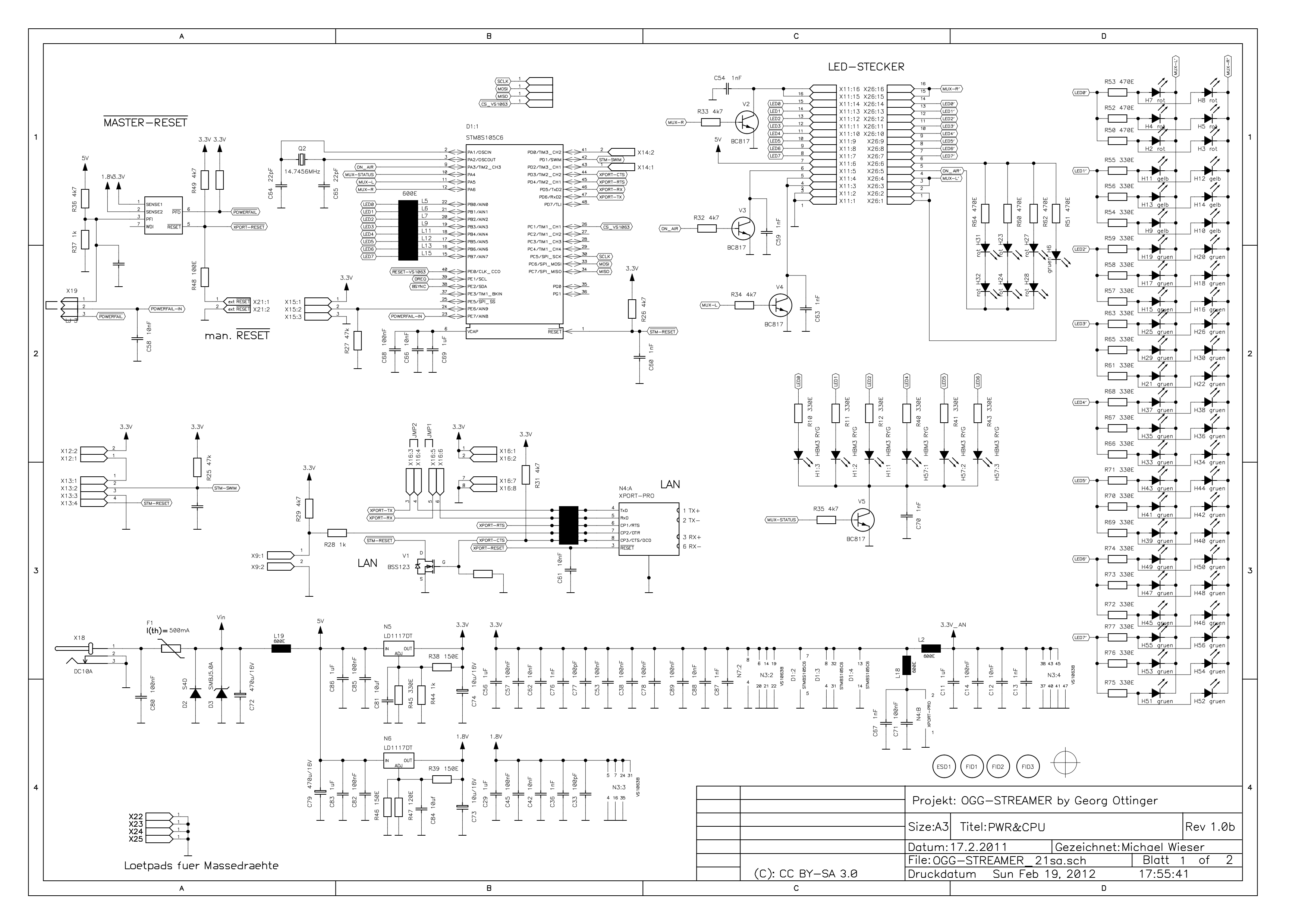



 Christopher
Christopher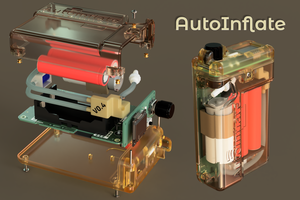
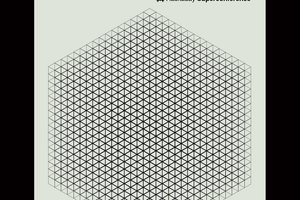
 Sophi Kravitz
Sophi Kravitz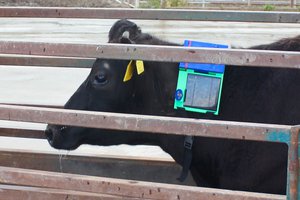
 Alex Muir
Alex Muir